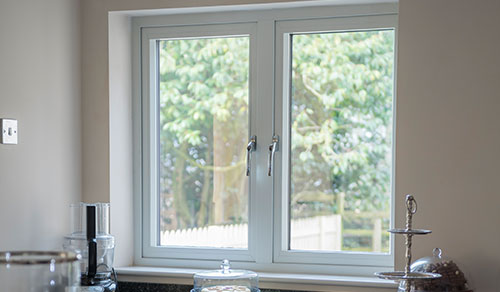Carpets are a significant investment in our homes, providing comfort, warmth, and aesthetic appeal. However, they also require regular maintenance and cleaning to ensure they remain in good condition and contribute positively to our indoor environment. This article will explore various carpet cleaning methods, tips for effective cleaning, and the benefits of maintaining clean carpets.

Understanding Carpet Types
Before diving into cleaning techniques, it’s essential to understand the type of carpet you have. Carpets can be made from various materials, including nylon, polyester, wool, and olefin. Each type has different cleaning requirements and sensitivities. For instance, wool carpets are more delicate and may require specialized cleaning products, while synthetic fibers like nylon can withstand harsher chemicals.
Common Carpet Cleaning Methods
- Vacuuming: The most basic yet crucial step in carpet maintenance is regular vacuuming. It removes surface dirt, dust, and allergens. For optimal results, vacuum at least once a week, and consider using a vacuum with a HEPA filter to trap small particles.
- Spot Cleaning: Accidents happen, and when they do, immediate action is necessary. For spills, blot the area with a clean cloth to absorb as much liquid as possible. Avoid rubbing, as this can push the stain deeper into the fibers. Use a mild detergent mixed with water or a commercial carpet cleaner specifically designed for your carpet type.
- Steam Cleaning: Also known as hot water extraction, steam cleaning is an effective method for deep cleaning carpets. This process involves injecting hot water mixed with cleaning solution into the carpet fibers and then extracting it along with dirt and debris. Steam cleaning can be done professionally or with a rented machine for home use. It is recommended to steam clean carpets every 12-18 months, depending on foot traffic and usage.
- Dry Cleaning: This method uses a dry cleaning solvent and specialized machines to clean carpets without water. It’s a quicker process than steam cleaning and is Ideal Glass for delicate carpets that cannot withstand moisture. However, it may not be as effective for heavily soiled carpets.
- Bonnet Cleaning: Often used in commercial settings, bonnet cleaning involves using a rotary machine with a cleaning pad soaked in a cleaning solution. This method is effective for surface cleaning but may not remove deep-seated dirt and stains.
- Shampooing: Carpet shampooing involves applying a foamy cleaning solution to the carpet and scrubbing it with a brush or machine. While this method can clean carpets, it may leave residue if not rinsed properly, leading to rapid re-soiling.
Tips for Effective Carpet Cleaning
- Test Cleaning Products: Always test any cleaning solution on a small, inconspicuous area of your carpet first to ensure it does not cause discoloration or damage.
- Follow Manufacturer Guidelines: Check the care instructions provided by the carpet manufacturer. Some carpets may have specific cleaning recommendations or restrictions on the types of products that can be used.
- Use the Right Tools: Invest in quality cleaning tools, including a good vacuum cleaner, brushes, and cleaning solutions designed for your carpet type.
- Regular Maintenance: In addition to vacuuming and deep cleaning, consider using carpet protectors or treatments that can help repel stains and dirt.
- Professional Cleaning: For heavily soiled carpets or if you’re unsure about cleaning methods, consider hiring a professional carpet cleaning service. They have the expertise and equipment to effectively clean and maintain your carpets.
Benefits of Clean Carpets
- Improved Indoor Air Quality: Carpets can trap dust, allergens, and pollutants. Regular cleaning helps remove these particles, contributing to better air quality in your home.
- Enhanced Aesthetics: Clean carpets look more appealing and can enhance the overall appearance of your home. They can also help maintain the value of your property.
- Extended Carpet Life: Regular cleaning can prolong the life of your carpets by preventing dirt and grime from breaking down fibers. This means you won’t have to replace your carpets as often.
- Health Benefits: Clean carpets can reduce the risk of allergies and respiratory issues by minimizing allergens and irritants in your living space.
- Odor Removal: Carpets can absorb odors from pets, spills, and smoke. Regular cleaning helps eliminate these odors, keeping your home smelling fresh.
Conclusion
Carpet cleaning is an essential aspect of home maintenance that should not be overlooked. By understanding your carpet type, employing the right cleaning methods, and following effective maintenance tips, you can keep your carpets looking great and ensure a healthy living environment. Whether you choose to clean your carpets yourself or hire a professional, the benefits of clean carpets are undeniable. Regular care will not only enhance your home’s aesthetic appeal but also contribute to the overall well-being of your family.







